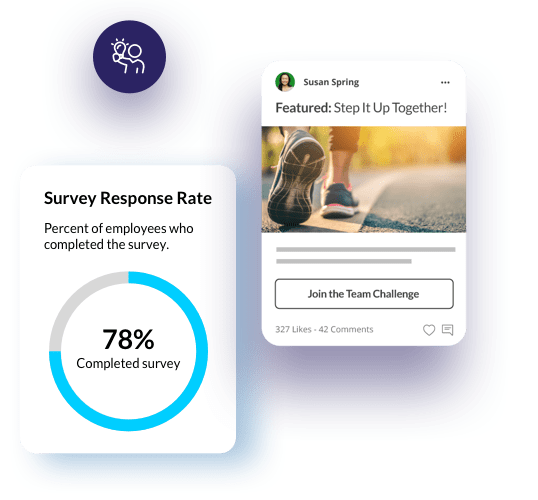Blog Post
5 Ways organizations can enhance diversity and inclusion through ongoing education about Black history

Explore more in DEI

Blog Post | DEI
International Women’s Day: How to celebrate women in the workplace every day
For International Women's Day, here are seven ways you can celebrate women in the workplace not just for the holiday, but the whole year.

Blog Post | DEI
5 Ways organizations can enhance diversity and inclusion through ongoing education about Black history
In honor of Black History Month, we’ve put together a list of actions that your organization can take to make celebrating Black history part of life at work year-round. These practices are sure to enhance diversity and inclusion in your workplace.

Blog Post | DEI
7 Ways to celebrate Black excellence in the workplace
In honor of Black History Month, we’ll explore seven ways your organization can celebrate Black excellence in February — and throughout the year.

Blog Post | Employee Engagement
Remote Internships: How to Engage Your New Graduates
Learn why it’s important to engage your new graduates, and get 5 ways to run remote internships to benefit your business.
Explore more blog posts from this author

Blog Post | Employee Well-Being
6 Steps to develop an effective wellness incentives and rewards plan
To create a successful wellness incentive program, it’s crucial to understand that it takes a thoughtful approach of both intrinsic and extrinsic rewards for employees.

Blog Post | Employee Communications
4 ways HR leaders can use employee communications to support well-being and engagement
Learn how employee communications that reach the right person at the right time with the right message improve well-being and engagement.

Blog Post | Employee Well-Being
How to improve employee well-being
In today’s world of work it's essential to understand how to improve employee well-being. Get our top 5 tips you can put into action today.

Blog Post | Product Updates
LimeTime session recap: The Manager Experience: Empowering Your Essential Leaders
Learn why managers are essential for unlocking your organization's true potential in increasing employee engagement and reducing turnover.




